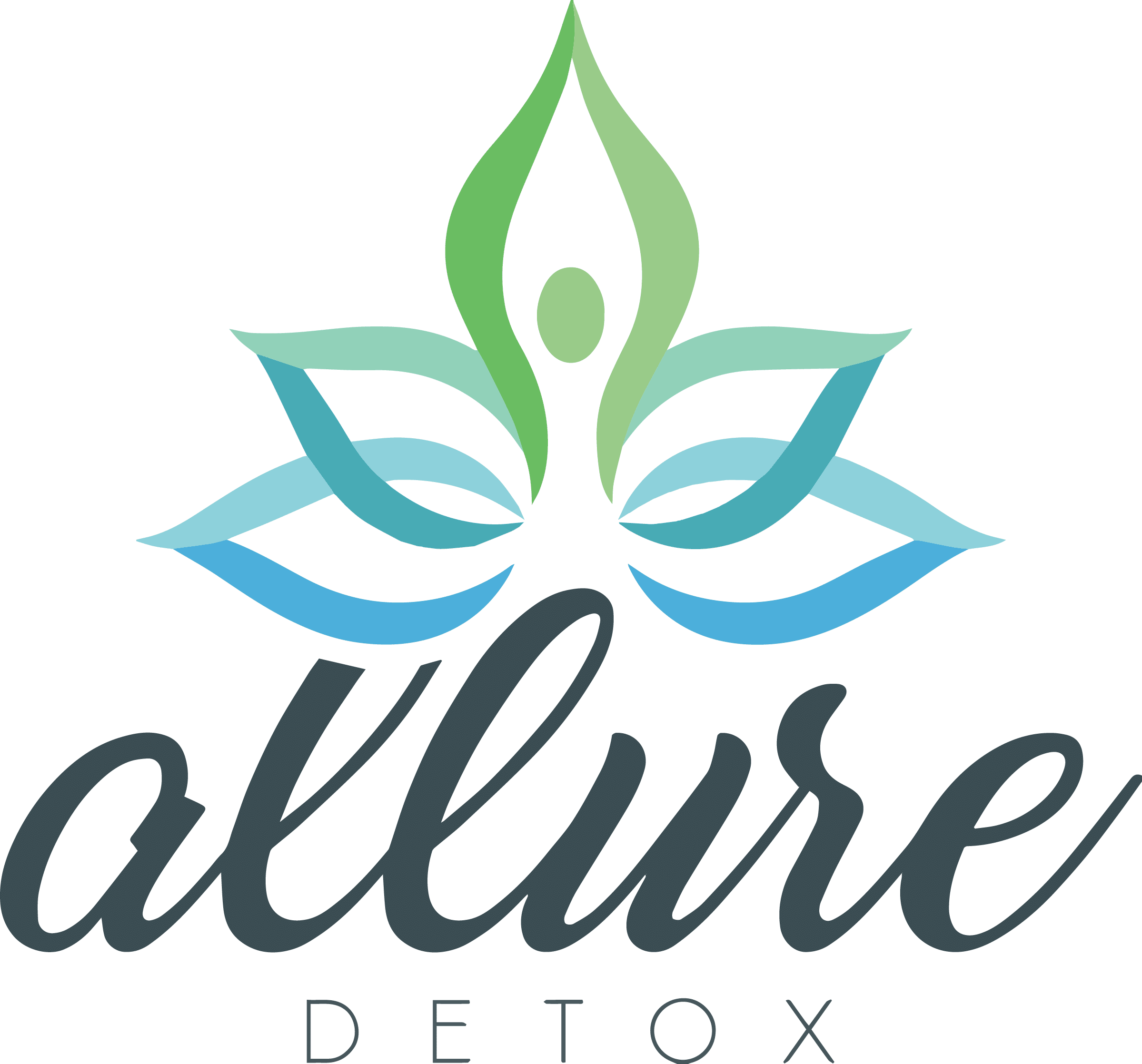How To Identify and Deal With Hysingla Addiction
Hysingla is very effective at soothing pain. However, many people also start their journey down the dark path of drug addiction with a prescription drug, Hysingla. Misusing Hysingla will harm your body and jeopardize your future, so if you struggle with Hysingla abuse, you need to check out this medication guide on Hysingla addiction to find out how to overcome your drug problem.
Table of Contents
WHAT IS HYSINGLA
Hysingla is a brand name of hydrocodone bitartrate, a food and drug administration-approved (FDA-approved) medication, which is a common painkiller and cough suppressant. If a doctor is prescribing Hysingla, it is due to the management of pain following surgeries, and many patients who suffer from chronic pain also take the drug. Hydrocodone bitartrate is an extended-release opioid analgesic, meaning its chemical makeup is similar to oxycodone, methadone, codeine, fentanyl, morphine, and heroin, which may lead to risks of addiction and life-threatening situations.
OPIOID ANALGESIC MONITORING AND TOXICITY
Since opioid analgesics require a high level of provider-dependent monitoring for patients. All healthcare professionals should conduct routine follow-up exams on patients receiving opioid medication, including a history and physical, to check for the previously mentioned side effects. Many clinicians use a wide range of additional strategies to look for indications of misuse, such as assessment surveys, state prescription drug monitoring programs, frequent urine toxicology screenings, usage of adherence checklists, motivational counseling, and pill counts.
According to the National Library of Medicine, which can be found on, particularly when taken with other sedatives like alcohol and benzodiazepines, opioids can potentially cause a lethal overdose through respiratory depression. It was said that patients taking the said medication should be suspected of having an acute opioid-related overdose, which can be fatal if left untreated if they exhibit altered mental health status, decreased breathing, and constrictions in their pupils.
Agents like naloxone, which can be administered intravenously, intramuscularly, or intranasally, can reverse an overdose. Naloxone is a fast-acting pure opioid antagonist that works centrally and has a high affinity for mu-opioid receptors. It has almost no pharmacologic effect at typical doses in the absence of opioid agonists. Naloxone can be titrated to a desired reaction by administering small, repeated doses.
Aside from these, there are additional opioid formulations worth mentioning, such as methadone, which raises the possibility of QTc prolongation and, in rare instances, torsades de pointes. In addition, opioids with a serotonergic effect, such as tramadol, can result in seizures and serotonin syndrome.
Note that there are adverse effects of taking opioid analgesics due to the distribution of opioid receptors both inside and outside the nervous system, including dysphoria, euphoria, sedation, respiratory depression, constipation, suppression of endocrine systems, cardiovascular disorders (such as bradycardia), convulsion, nausea, vomiting, pruritus, and miosis. In addition to this, long-term opioid analgesic use may result in tolerance and, in rare instances, opioid-induced allodynia or hyperalgesia.
As mentioned, serotonin syndrome can result from the concomitant use of opioids with serotonergic action such as tramadol, oxycodone, fentanyl, methadone, dextromethorphan, meperidine, codeine, and buprenorphine. Following this result, experts said it is advised to either avoid coadministration (drug interactions) with other serotonergic active drugs or do it carefully.
IS HYSINGLA ADDICTIVE?
Like most opioids, Hysingla has a high potential for abuse. The drug can have strong psychoactive effects when taken at a high dose, and many people mix Hysingla with alcohol and other drugs to achieve a state of bliss or relaxation. Even when patients don’t abuse Hysingla, prolonged drug use will eventually cause the body and mind to become dependent on it.Most patients initially start taking Hysingla at the prescribed dosage to manage their pain. However, many patients, including debilitated patients, become addicted and eventually begin to abuse it. As a person’s body builds a tolerance to Hysingla, they must take progressively larger doses of the drug to achieve the desired effect. Taking so much Hysingla can become very expensive and unfeasible for most people. Thus, many individuals who struggle with Hysingla addiction eventually turn to more potent prescription opioids or heroin to achieve a stronger high at a lower price.

WHAT IF MY CURRENT DOSAGE DOESN’T SOOTHE MY PAIN?
You should share your concerns with your doctor if you still feel pain despite taking Hysingla. Your doctor may increase your dosage, or they may explore alternative drugs or treatments. Never increase your dosage on your own. You also should not snort or inject the drug. Failure to precisely follow your doctor’s prescribing information can result in organ damage, overdose, physical dependence, legal trouble, and other serious issues.
HOW CAN I OVERCOME MY HYSINGLA ADDICTION?
Admit That You Have a Problem
Many individuals who suffer from addiction don’t realize they have a problem until they’re deep into the cycle of drug abuse. Before you can receive treatment, you need to recognize that you have a problem, and you must be able to admit that your drug habits are not healthy. Some of the most significant indicators that you have a drug problem include:
- Intentionally taking the wrong dose to manage pain or achieve a psychoactive effect
- Missing work or failing to fulfill other obligations as a result of your drug use
- Using someone else’s prescription or buying drugs from dealers
- Getting into legal trouble as a result of your drug use
- Mixing Hysingla with alcohol or other drugs
- Experiencing uncomfortable withdrawal syndrome or opioid withdrawal symptoms shortly after missing a dose
- Engaging in uncharacteristic behaviors under the influence of the drug
- Breaking your morals or ignoring your values to secure your next dose
- Withdrawing from friends and family when you use the drug
If you’ve done any of these things, then you likely have a drug problem. There is no shame in struggling with addiction. Millions of people worldwide suffer from opioid abuse, and many became addicted to opioids after taking prescription pain relief drugs to treat chronic pain. You need to admit to yourself that you’re struggling with drug addiction so that you can take your first steps toward recovery.
Detox Safely
Once you realize your problem, you must stop taking Hysingla. Within 12 hours of your last dose, you will experience early withdrawal symptoms as your body starts detoxing. Initial symptoms of Hysingla withdrawal include mood swings, drug cravings, headache, insomnia, nausea, perspiration, and diarrhea. Your symptoms will gradually worsen and hit their peak between two and five days after your last dose.
During this period, you may experience hallucinations, delirium, seizures, thoughts of suicide, flu-like symptoms, dehydration, elevated levels of sodium in the blood, and heart failure. All kinds of things can go wrong during detox, so enrolling in a detox program at a reputable addiction recovery facility is a good idea. In a detox facility, you’ll be supervised by medical staff and addiction healthcare professionals. They will do everything in their power to keep you comfortable and quickly respond to any medical emergencies as you go through the worst parts of the detox process. Symptoms should decrease in intensity after your first week of sobriety.
Enroll in a Professional Treatment Program
After you detox, you will likely enroll in an inpatient treatment program. During your inpatient stay, you will receive a combination of individual behavioral therapies, other alternative treatment options like group therapy, holistic therapies, and medical care. You won’t have to live at the facility at some point anymore. Instead, you’ll enroll in an outpatient program. You’ll still receive all of the same therapies in an outpatient program. Still, you will gradually attend fewer and fewer treatment sessions at the recovery center until you no longer need regular drug addiction treatment.
SEEK TREATMENT TODAY
Drug addiction will eventually ruin your life. When you are involved in an opioid overdose, your relationships, health, and happiness are all at stake. Treating your addiction before it’s too late would be best, but discontinuation of prescription opioid use can be very difficult. Thankfully, you don’t have to overcome your addiction alone. A substance use addiction treatment program for opioid treatment will keep you safe through detox and help you build the right skills to maintain lifelong sobriety. To regain control over your life, you must reach out to Allure Detox, a healthcare provider, as soon as possible to learn more about effective addiction treatment programs in West Palm Beach.
Please call Allure Detox today to learn more about Hysingla addiction treatment near you!
FAQs
What is Hysingla, and how does it differ from other hydrocodone medications?
What are the potential side effects of Hysingla, and how common is somnolence?
What precautions should be taken when using Hysingla if the patient has a head injury or is using CNS depressants?
Is Hysingla safe for use during breastfeeding?
What is Purdue Pharma L.P.’s role in the development of Hysingla?



